PHOTOS BY VINCENT LAO
VISITING SEA DWELLERS
I actually promised myself not to write anything about sea creatures this time, because my last four stories were about them. But then, that would be very hard to do, because Palawan is surrounded by water, and my brother’s house was just 100 meters away from the mangrove forest.
Mangrove forests are on the shallow part of the sea. In some locations, they are beside the sandy beach. Sometimes, they exist prior to a sandy beach. And in many other locations, there is no beach at all. You will only see the mangrove forest in the water and it terminates or transitions into the jungle or woodland. Mangrove forests or mangrove swamps become muddy land during low tide and will be part of the sea again during high tide.
As much as I try to avoid mentioning sea animals, they come barging through our door and into this story. So, to continue my list of Invertebrates, we saw lots of Hermit Crabs. It was not unusual for them to walk all the way up to the house and even onto the street about 200 meters away from their mangrove swamp. Sadly, some of these end up getting run over by cars.
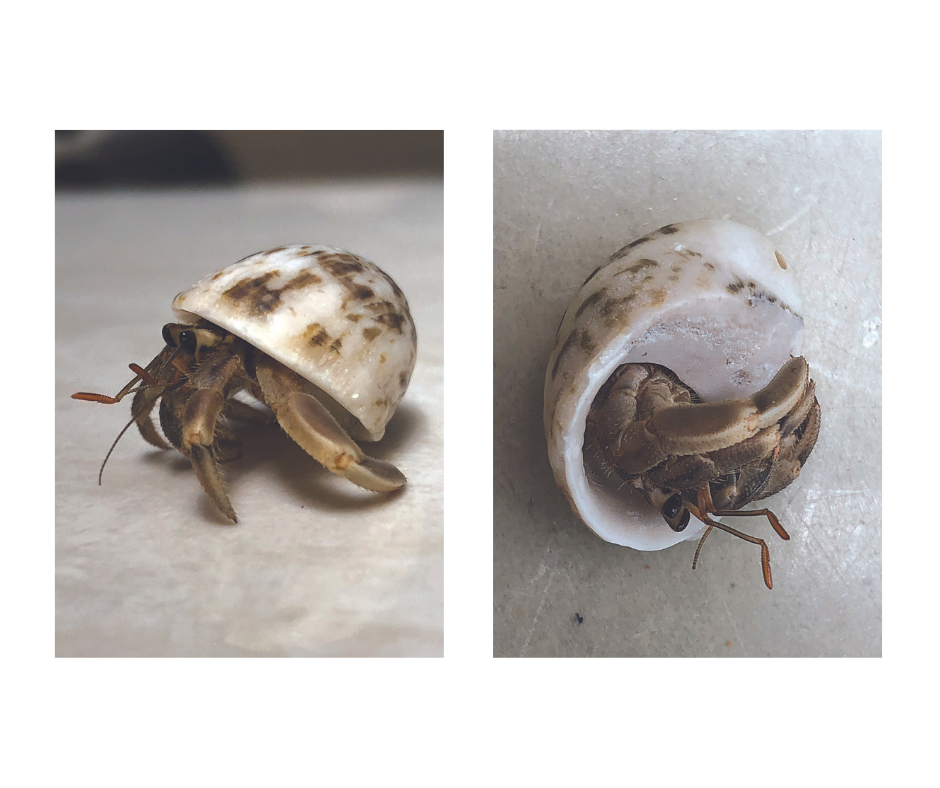
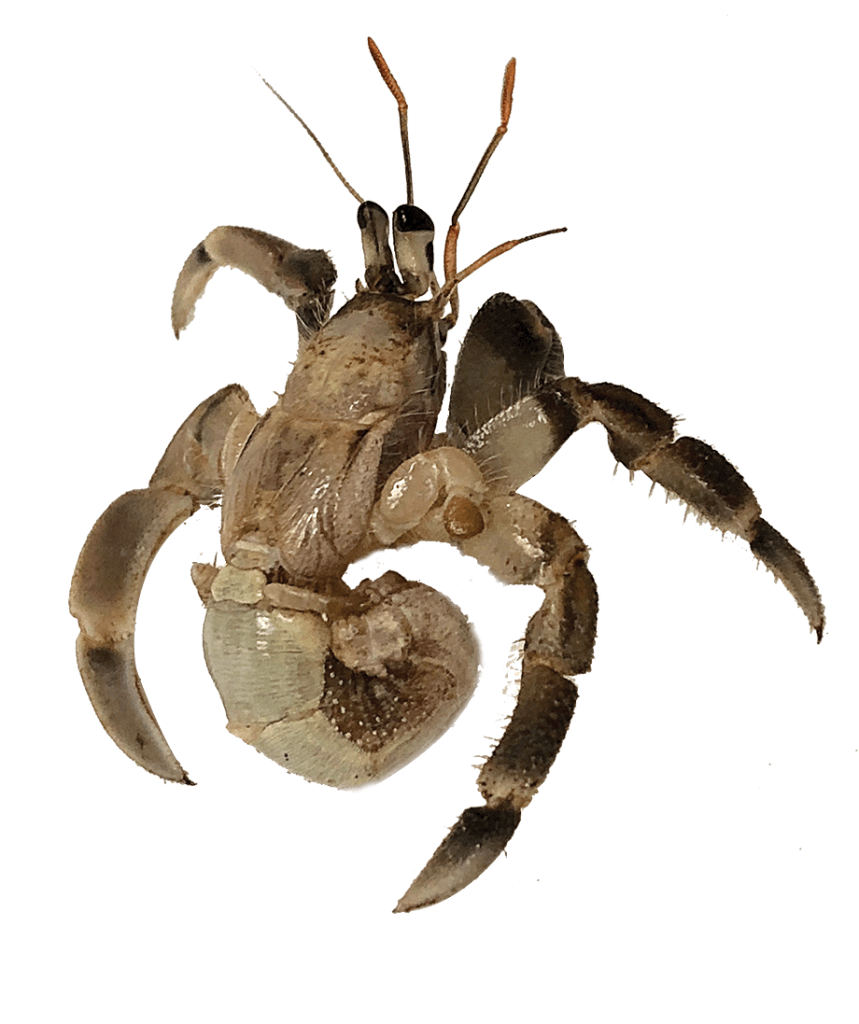
CHOOSY CRAB
Allow me to introduce Hermie. He crawled up from the sea to my brother’s garage. As my brother was parking his car, he heard a very loud crunch. As he got out of his car to inspect, he saw that he ran over Hermie’s mobile home.
In a weird but fortunate turn of events, Hermie’s shell was completely destroyed but Hermie himself was whole and unhurt. So, Hermie became a homeless or shirtless Crab, whichever was more applicable.
My brother and I both know that his chances of survival scampering without a shell were very slim. Fortunately for him, my daughters liked to collect empty shells from the beach. We placed him in a small basin and littered the basin with dozens of new “homes” for him to choose from.
That night, we saw him try out some of the shells. We could see that he was one picky Crab, because he went in and tried a few shells but discarded them after a few minutes. We took it as a good sign, though, that this was one healthy Crab who wanted to take his time shopping. We just had to give him the luxury of time.
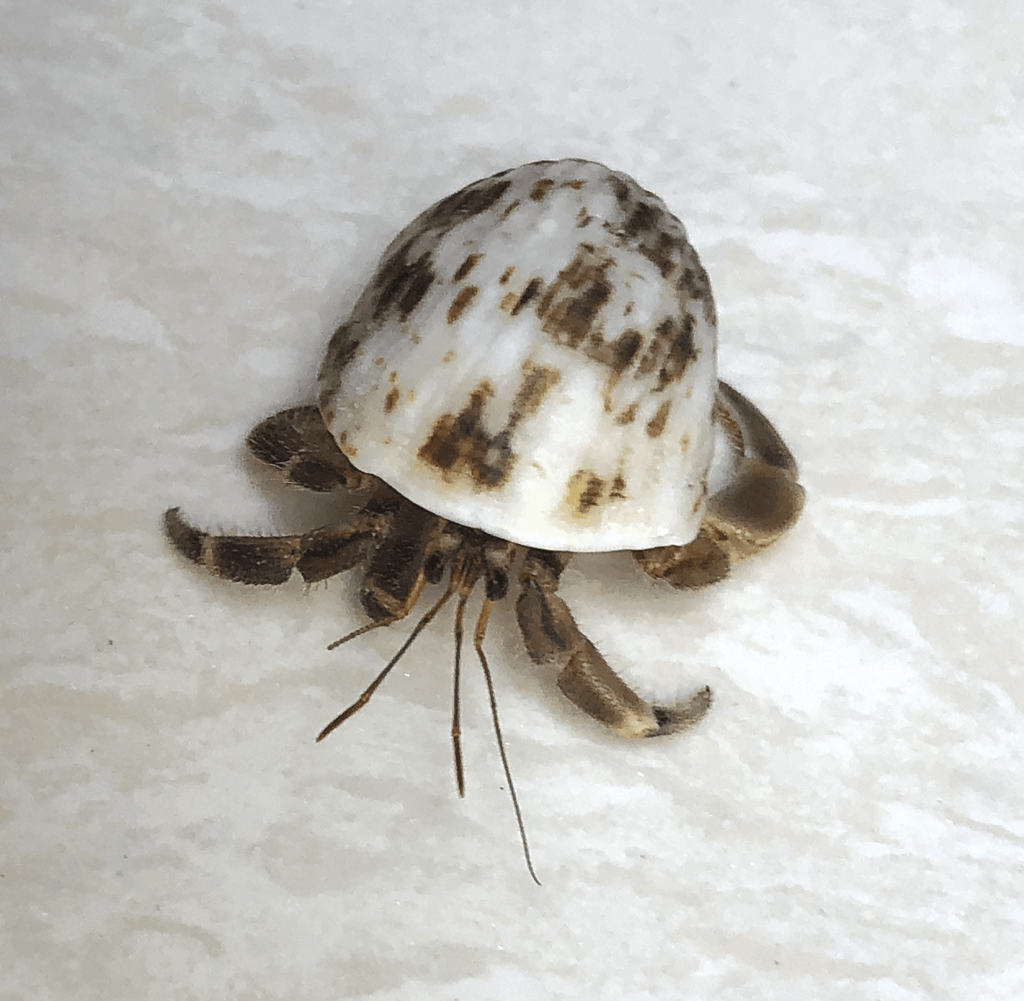
Sure enough, the next day, he had chosen a brand new home to carry on his back and we knew that it was time to release him back to his swamp.
OTHER NEIGHBORS
Aside from picky Hermie, there were also a lot of Kuday living in the mangrove swamp. Sometimes, they would also crawl up to the house to pay us a visit.

I wrote about different kinds of Crabs for this magazine’s May 2018 issue; now, living here in this temporary home allowed me to move closer into their habitat and I was given another chance to meet and greet them. Just about two kilometers away from my brother’s house, I met two Horseshoe Crabs while walking on the beach at low tide. There were also hundreds of Hermit Crabs and a few dozen Ghost Crabs running around.
I also had to watch my step, because the place was a known habitat of the Sea Urchin, called Tirik in Filipino and Uni in Japanese. They look very pretty when in the water. They have this very nice shape and radiant color. They also look menacing and I would definitely not want to step on them while walking barefoot.
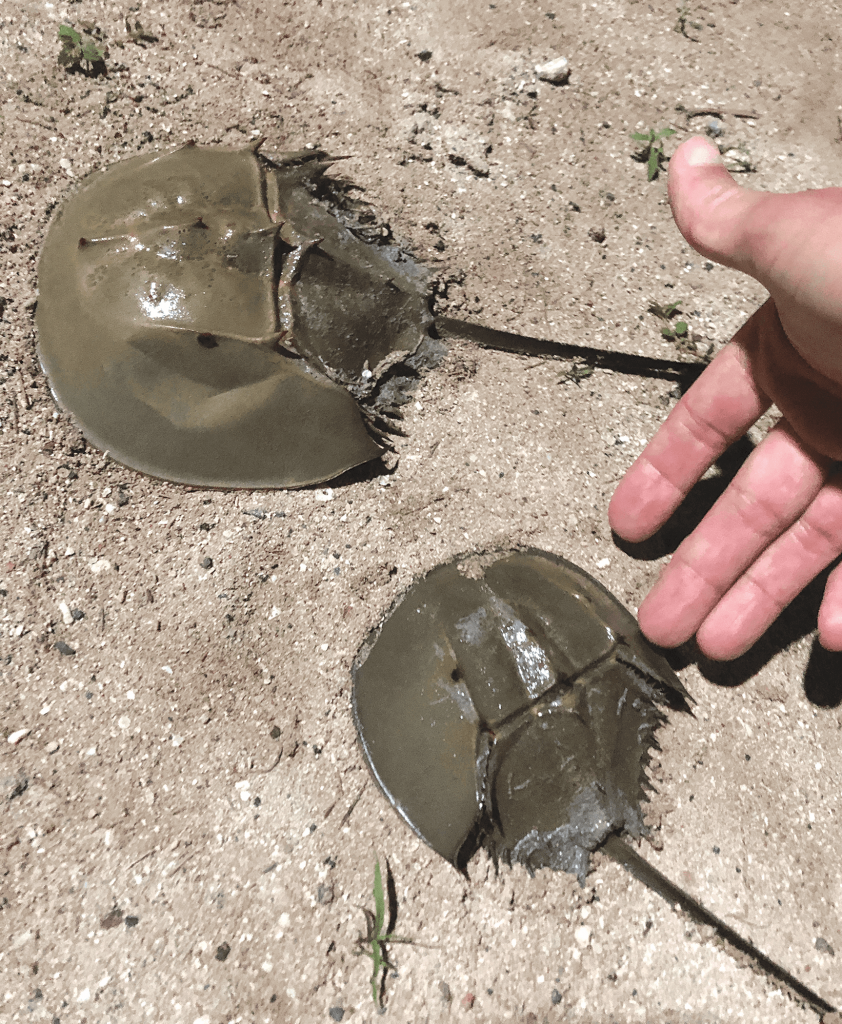
SMART INVERTEBRATE
The last but not the least of the sea creatures for this story is the Octopus. Just 100 meters from my temporary home lay a vast mangrove forest littered with rocks and boulders. It was the perfect habitat for Octopi. They had an infinite number of places to hide in, and the mangrove swamp was just littered with Crabs, Snails, Clamshells, and thousands of other prey.
For shallow parts of the sea, the Octopi are more active at night, presumably to avoid humans. For this reason, the only pictures I can offer are quite grainy. This particular specimen is a curious one and it is quite tame. My niece actually coaxed the creature into resting on her open palm. The Octopus made themself look like a piece of rock by curling in their eight tentacles.
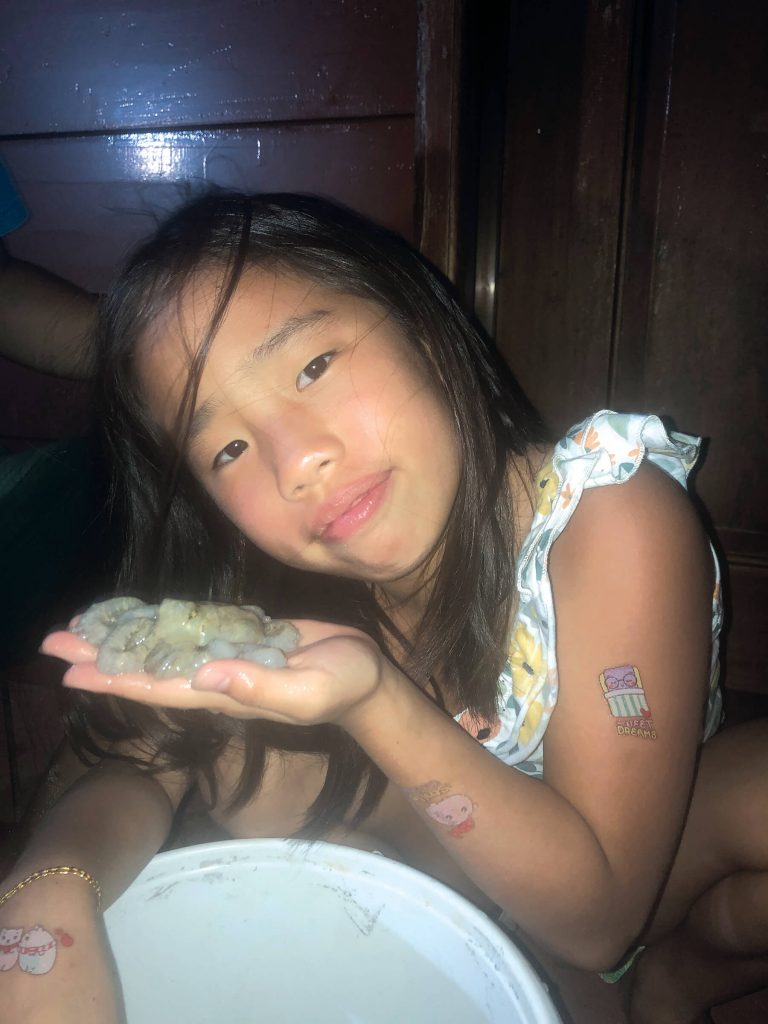
As I mentioned in a previous story about Cephalopods (Octopus, Squid, Nautilus, Cuttlefish), which appeared in Animal Scene’s September-October 2021 issue, these creatures are considered to be the smartest among all Invertebrates.
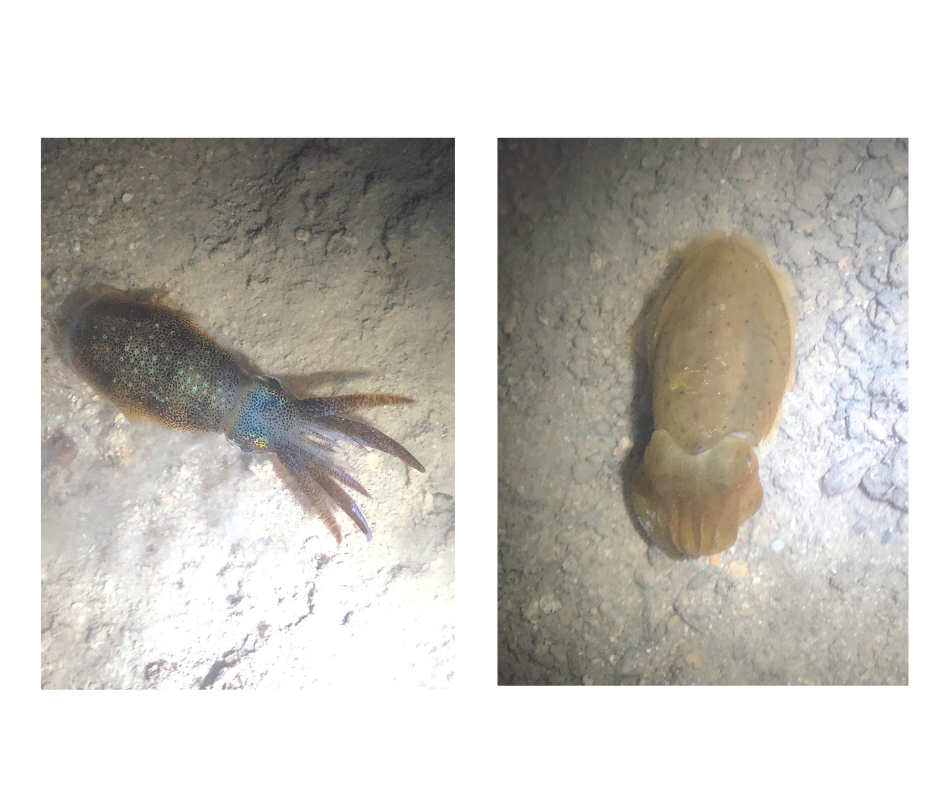
On a very recent occasion, as a friend and I were returning an Octopus to the sea, we were talking about how smart an Octopus was when it actually outsmarted us. We were constantly checking on it in the pail with our flashlights, knowing that they were master escape artists. For the four or five times that we checked, the creature did not move from its original position. For the one time that it took us a minute longer to check, the Octopus made their move.
My friend and I were both horrified about how we allowed this to happen to us again, for the nth time. Thankfully, we found the Octopus crawling along the same pathway where we came from just a moment ago.
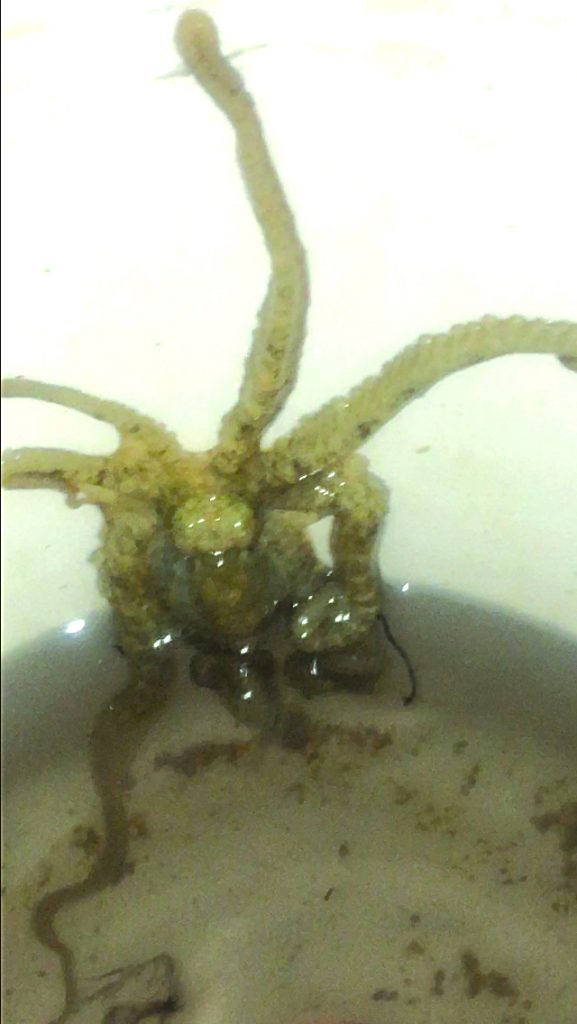
On the remaining walk to the beach, we checked on the Octopus every 10 seconds. As soon as we placed the creature in the water, the animal used their powerful propulsion system to jet away from us as fast as they could — although expected, it still amazed us.
SPECIAL HIGHLIGHT
The abundance of Invertebrates in this area will not go unnoticed by predators. Given the abundance and size of the Insects in this area, it is not surprising that the predators here are several levels above the regular House Lizard. With the exception of the Octopus, most of the creatures discussed in this story are prey for someone else, even the Huntsman Spider.
In the next issue, we will ask the prey to move over. It will be the predator’s time to shine.
SNEAK PEEK
The next story will tell of creatures out of this world and out of their world. Can you imagine a giant Bug who lives underwater hunting Crabs?
Not impressed? How about a Lizard who vies with the Birds for airspace?
Coming soon!






